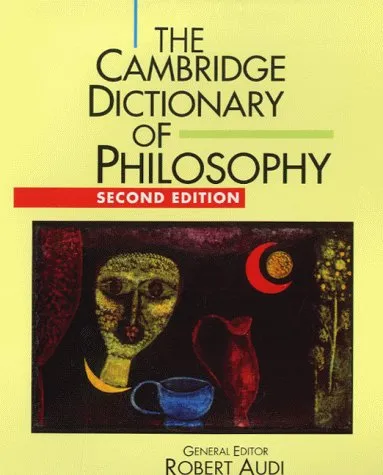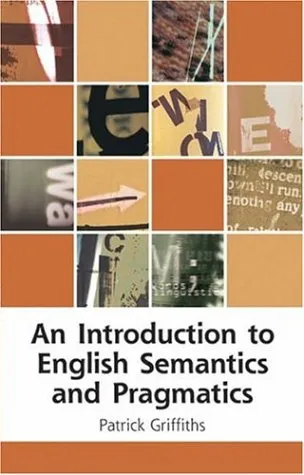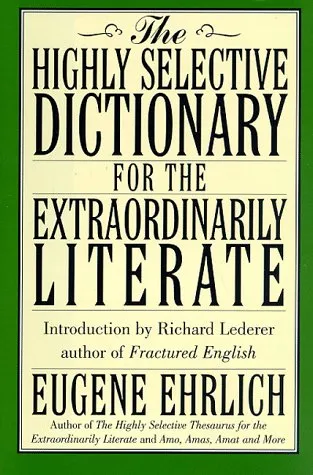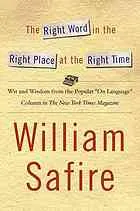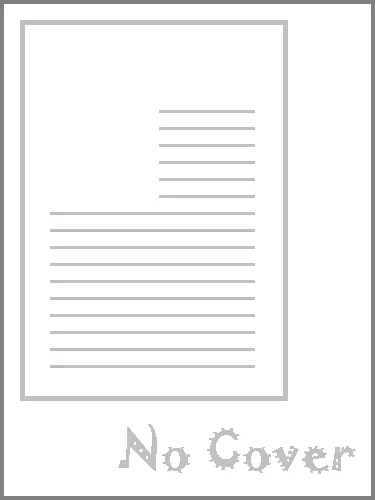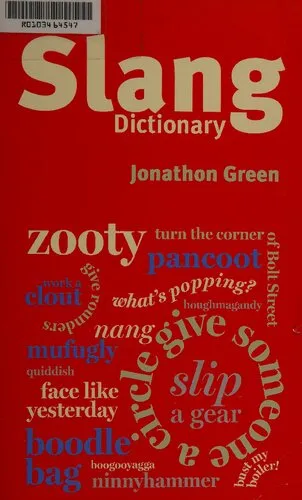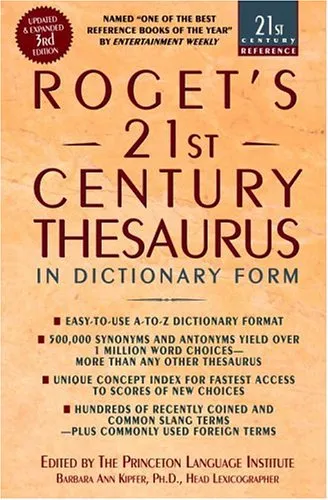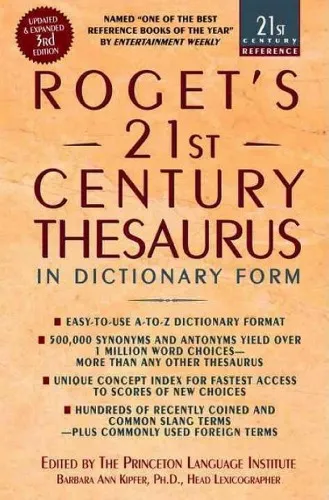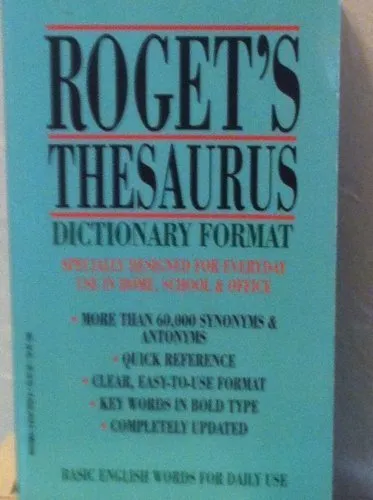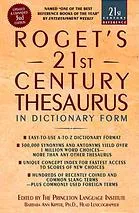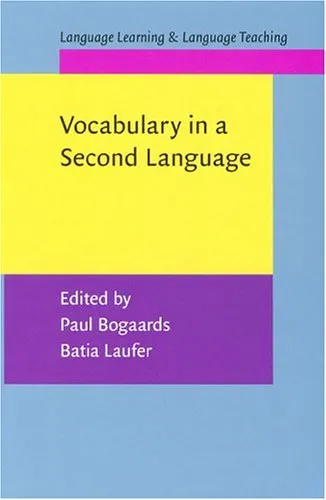Truth and Meaning: An Introduction to the Philosophy of Language
4.0
Reviews from our users

You Can Ask your questions from this book's AI after Login
Each download or ask from book AI costs 2 points. To earn more free points, please visit the Points Guide Page and complete some valuable actions.Related Refrences:
Introduction to 'Truth and Meaning: An Introduction to the Philosophy of Language'
Welcome to an exploration of the intricate world of language and its underpinnings, as we delve into 'Truth and Meaning: An Introduction to the Philosophy of Language'. This book serves as a comprehensive guide, traversing the complex intersection of language, truth, and interpretation, and aims to elucidate the profound questions that the philosophy of language ambitiously seeks to answer.
Detailed Summary of the Book
'Truth and Meaning' begins by setting the stage for the philosophical investigation into language, posing fundamental questions about how words relate to the world and how meanings are communicated and interpreted. The book is divided into key thematic areas, each unfolding a layer of the philosophical puzzle.
The first section discusses the nature and structure of language, including syntax, semantics, and pragmatics, thereby placing emphasis on how these aspects contribute to meaning-making. Moving beyond structural elements, the book then tackles the concept of truth—questioning how truths are formed, validated, and understood within linguistic frameworks.
Another pivotal part of the book addresses referentiality and intentionality, tackling issues like reference, context, and speaker intention. These discussions are crucial in understanding how language functions in real-world applications, aligning linguistic expressions with objects and concepts in the world.
The latter parts of the book engage with contemporary themes such as the role of language in thought, its impact on human cognition, and the philosophical implications of linguistic relativity. By incorporating multidisciplinary perspectives, the book offers a holistic view, making it salient for readers interested in linguistics, cognitive science, and philosophy.
Key Takeaways
- An in-depth understanding of how linguistic structure contributes to meaning.
- Insight into the philosophical debates on truth and how different theories approach it.
- A clear comprehension of the relationship between language, thought, and reality.
- An appreciation for the importance of context and intention in communication.
- Pioneering discussions on the implications of language on human cognition and society.
Famous Quotes from the Book
"Language is not merely a tool for communication but a lens through which we perceive and interact with reality."
"In the dance of language, truth is both a partner and a pattern, continuously shaping and being shaped."
Why This Book Matters
'Truth and Meaning' is not just a guide to the philosophy of language—it is a vital resource for anyone interested in how words and worlds align to form the tapestry of human understanding. The work's contribution to the philosophical community and beyond lies in its clarity, depth, and ability to provoke critical thought about everyday linguistic encounters.
By dissecting the nuances of language, Kenneth Taylor offers readers the opportunity to gain a deeper appreciation for the power of words in shaping knowledge, ethics, and society. This book remains a crucial read for students, scholars, and curious minds eager to understand the enduring questions about truth, meaning, and human communication.
Free Direct Download
You Can Download this book after Login
Accessing books through legal platforms and public libraries not only supports the rights of authors and publishers but also contributes to the sustainability of reading culture. Before downloading, please take a moment to consider these options.
Find this book on other platforms:
WorldCat helps you find books in libraries worldwide.
See ratings, reviews, and discussions on Goodreads.
Find and buy rare or used books on AbeBooks.
1417
بازدید4.0
امتیاز0
نظر98%
رضایتReviews:
4.0
Based on 0 users review
Questions & Answers
Ask questions about this book or help others by answering
No questions yet. Be the first to ask!

